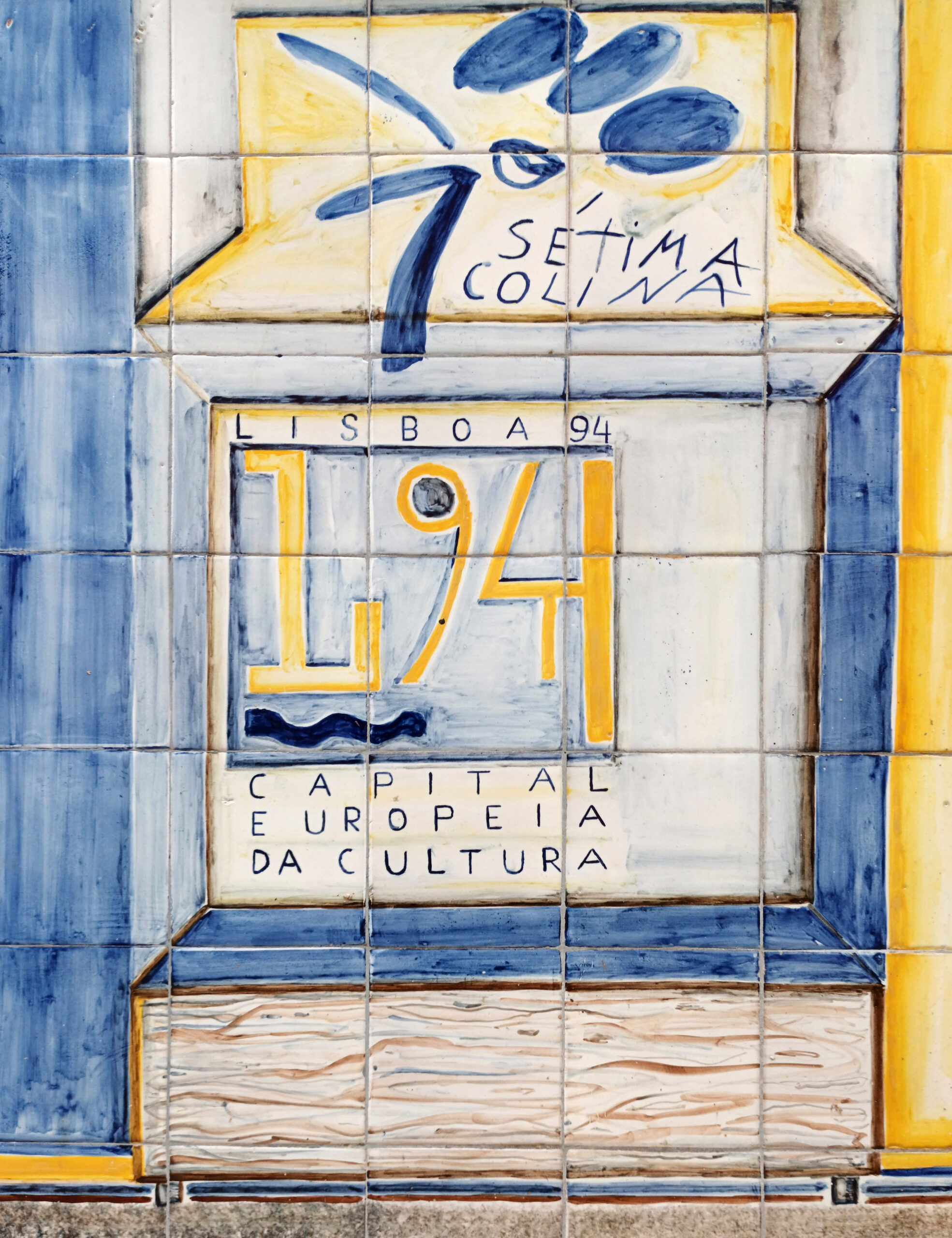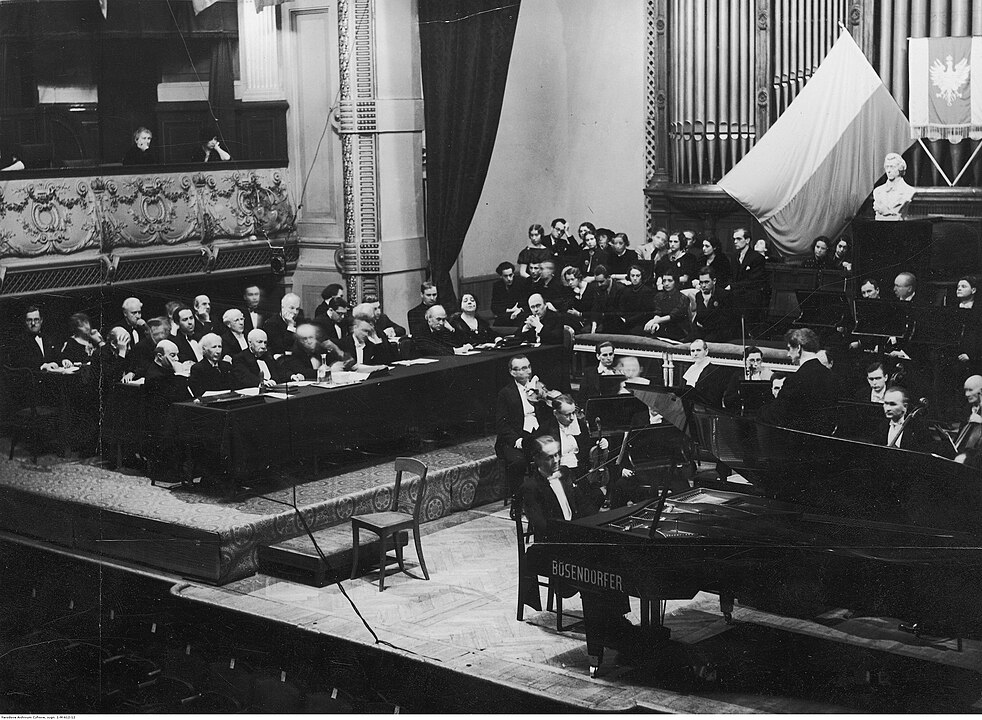By Roberto Camagni, Roberta Capello, Silvia Cerisola and Elisa Panzera

The role of Cultural Heritage in local development has been extensively recognized. In this respect, we suggest a conceptual framework that sees Cultural Heritage as one of the multiple elements of what is called “Territorial Capital”. According to our perspective, the effects of Cultural Heritage on local development stem from the interaction with the other components of Territorial Capital, in particular intangible territorial assets like creativity and identity.
The fundamental role that Cultural Heritage (CH) holds with respect to social, cultural, political but also economic spheres of societies and communities is nowadays extensively recognized. However, because of scarce financial resources and modest political priority, CH is oftentimes neglected or inadequately preserved. Its conservation and valorization have been at the center of a lively debate between those who see preservation policies as a mere moral duty and those who see them as part of a broader forward-looking strategy to support economic performance and, more generally, local development. We put ourselves in the second perspective and, by deepening the discourse on the role of heritage as a valuable resource for local economic development, we believe that a step forward can be taken with respect to the attention dedicated at CH preservation and valorization activities.
Besides social and cultural beneficial effects associated with the presence of CH, such as societal cohesion, individual well-being or knowledge creation, the role of CH in local development has been largely acknowledged, both at the academic and institutional level. The main analyzed and discussed channel through which heritage influences local development is represented by tourism attractiveness. Without denying or neglecting the relevance of this channel, we here propose an innovative perspective according to which the effects of CH on local development stem from the interaction with other intangible territorial assets like creativity and identity.
Within this context, in a recent work we put forward the idea that CH represents one of the multiple elements of what is called “Territorial Capital” (TC), i.e. the set of territorial assets that generates endogenous development (OECD 2001, EC 2005). More specifically, the relatively new concept of TC refers to all geographically bounded assets of a territorial character – natural or artificial, material or immaterial, cognitive, social, cultural or identitarian – on which the competitiveness potential of regions and places reposes. Such definition has been effectively systematized by Roberto Camagni (2008 and 2019) through a comprehensive taxonomy of the different elements of TC, crossing the two dimensions of materiality (material, immaterial and mixed goods) and rivalry (private goods, public goods and impure public goods or collective goods) (Figure 1). Nine categories of TC assets emerge, each of them presenting its own specific laws of accumulation, de-cumulation, inter-generational transfer and, possibly, re-use.
Figure 1 – A theoretical taxonomy of the components of territorial capital

Source: Camagni et al. (2020), adapted from Camagni (2019).
As an integral element of TC (box b in Figure 1), CH constantly interacts with the other territorial assets. For instance, both tangible and intangible forms of heritage represent a vehicle for collective memory and shared values. In addition, CH shapes cultural and psychological attitudes, represents an important component of local social and identitarian capital and enhances the creativity of the local intellectual and artistic milieu. The idea proposed here is that the full potential of CH as a catalyst for development is reached through synergies with other elements of TC, particularly its intangible and soft components, creativity (box f in Figure 1) and identity (box e in Figure 1) above all. By emphasising the inspirational role played by tangible CH on local creativity and the psychologically cohesive role on local identity and sense of belonging, CH acts on economic performance through the generation of original ideas and solidarity.
In more details, drawing on some previous work, we think of creativity as ideation based on multiple local talents and we consider it as intrinsically linked to the territory where it germinates and develops, being importantly determined by the surrounding social and historical milieu.
The creative capacity of a place is in fact shaped by its history, its culture, its physical setting and its overall tangible and intangible characteristics. In addition, a creativity-rich environment reflects strong inclinations to innovation.
However, one further element that enriches local creativity is the presence of CH. A virtuous cycle according to which CH inspires creativity and creativity valorizes heritage can thus emerge and generate positive economic consequences. In this sense, the peculiar local creative environment could work as a catalyzer of the positive impact CH may have on economic development. Creativity acts indeed as a mediator between CH and economic development, affecting how smoothly the inspiring presence of tangible CH can translate into regional performance[1].
On the other hand, identification and attachment to places (i.e. territorial identity) benefit the productivity of a community through the presence of collective and cooperative behaviors that also support effective conservation and valorization activities of CH.
In particular, we intend territorial identity as the identification of people with the social territorial system including people, traditions, culture and landscape, embracing emotional links between the inhabitants and the territory. In this sense – within the overall TC framework –, CH and territorial identity do interact and generate synergies, which in turn set up favorable conditions for local socio-economic development.
As a physical support for local collective memory, CH turns the past into something accessible and visitable. Supported by empirical evidence (Panzera 2020), we can confirm that places characterized by inclusive values, open mindsets, flexibility and adaptability are the ones able to valorize cultural heritage as an engine for local economic development.
Overall, our work conceptually places CH within the TC framework and shows how it can benefit local performance also through sophisticated and complex synergistic processes. Related to this, the research stresses the importance of conservation and valorization of CH not only as a moral duty but also as an effective approach for supporting local economic development. In this respect, a possible strategy could be the “activation” of CH in terms of greater engagement of local stakeholders, also as a way to favoring community resilience during and, even more so, after the Covid-19 pandemic.
[1] Such cause-effect chain was econometrically proved in the case of Italian provinces (Cerisola 2019a and Cerisola 2019b).
This article is based on:
Roberto Camagni, Roberta Capello, Silvia Cerisola, Elisa Panzera, The Cultural Heritage – Territorial Capital nexus: theory and empirics, Supplementi 11 (2020), pp. 33-59. DOI: 10.13138/2039-2362/2547
About the authors:
Roberto Camagni is Emeritus Profesor of Regional and Urban Economics at Politecnico di Milano.
Roberta Capello is Full Professor of Regional and Urban Economics at Politecnico di Milano.
Silvia Cerisola is Assistant Professor of Regional and Urban Economics at Politecnico di Milano.
Elisa Panzera is Post-doc Fellow of Regional and Urban Economics at Politecnico di Milano.
About the image:
Marian Gladis (2006) Historic centre of Košice, Slovakia.






